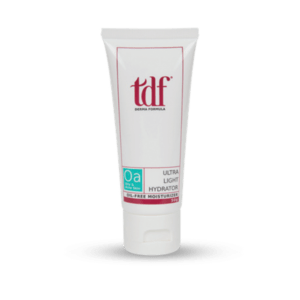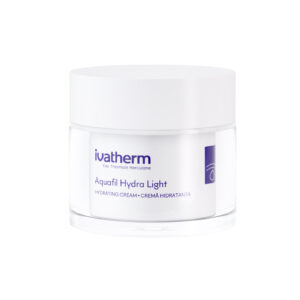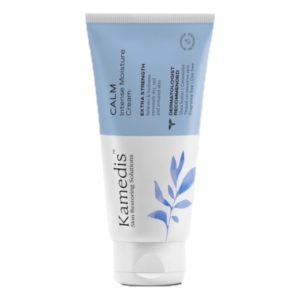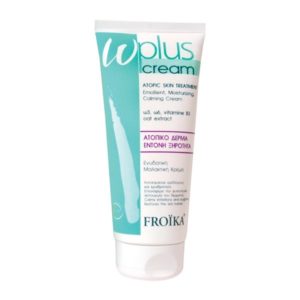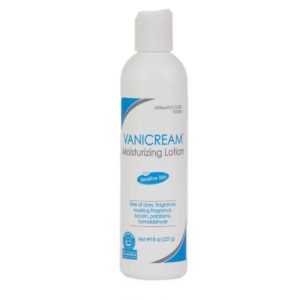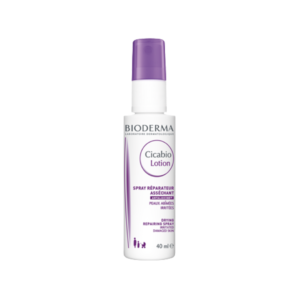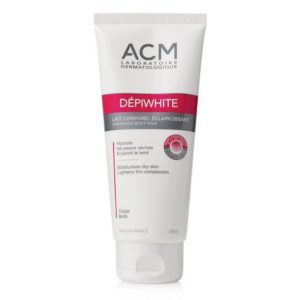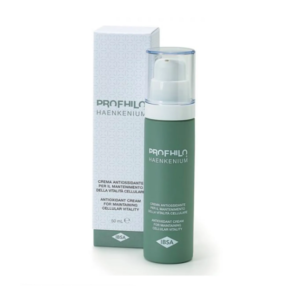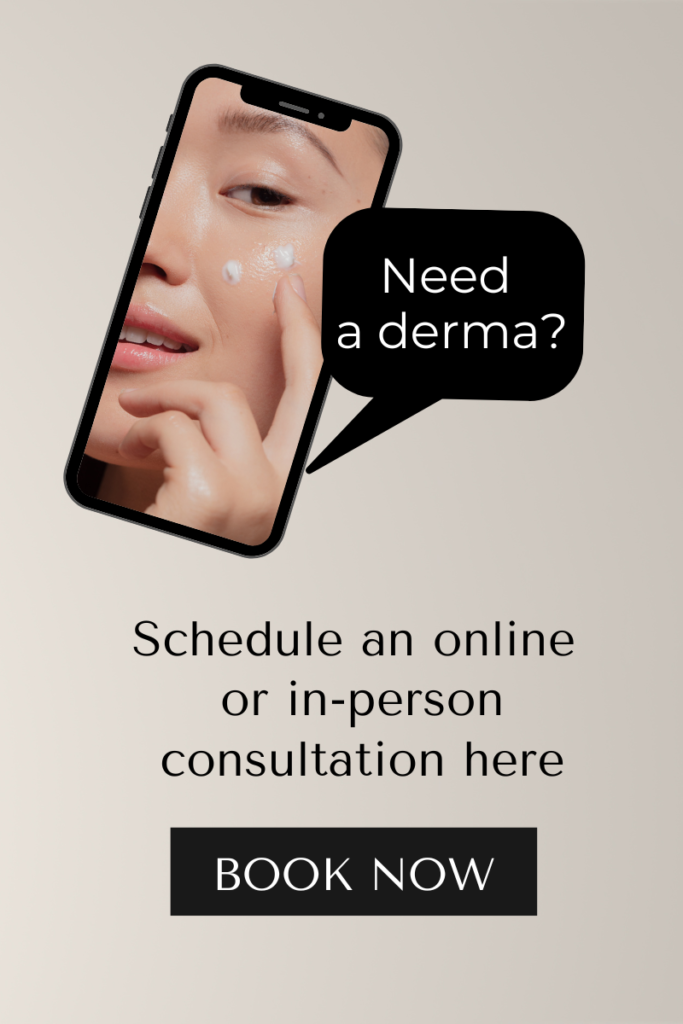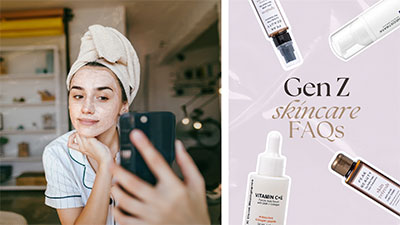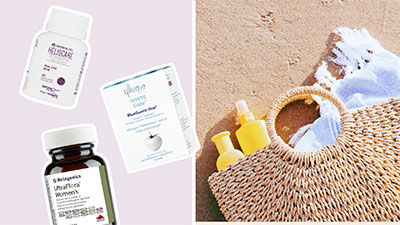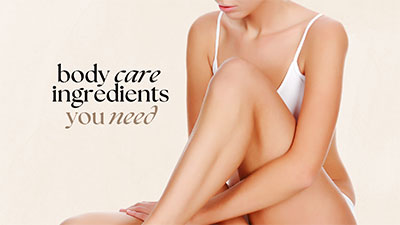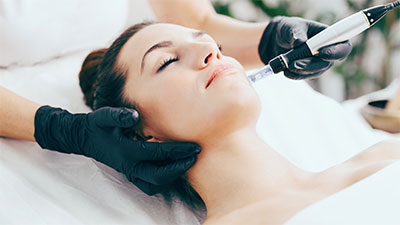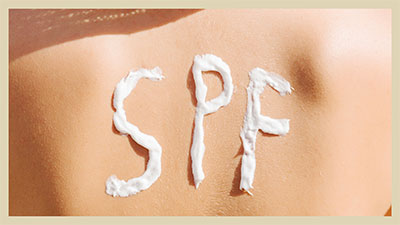FYI: Hydrating and Moisturizing Aren’t The Same
These terms may be used interchangeably, but they have different meanings.

If you’ve ever found yourself staring at skincare labels wondering why some products promise hydration while others boast of intense moisture, you’re not alone. It’s a common skincare conundrum, but cracking the code can transform your routine.
Imagine your skin is a plant. Without enough water, it will wilt and look lifeless. Add some hydration, and it will perk right up. But to keep that plant thriving, you also need to nourish the soil, keeping it moist and rich in nutrients. This analogy perfectly sums up the difference between hydrating and moisturizing your skin. Both are crucial for a healthy complexion, but they play distinct roles.
Hydrators vs. Moisturizers: What’s the Difference?
Quick answer: Hydrators attract water, moisturizers seal them in.
Hydrators are designed to increase the water content in your skin. They contain ingredients known as humectants, which attract water from the environment or the deeper layers of the skin, drawing it to the surface. Common humectants include hyaluronic acid, glycerin, and aloe vera. Hyaluronic acid, for instance, is renowned for its ability to hold up to 1,000 times its weight in water, making it a powerhouse for keeping your skin plump and hydrated. (You can also read about injectable hyaluronic acid treatments like Profhilo here.)
Moisturizers, on the other hand, focus on sealing in the hydration and preventing water loss. They typically contain emollients and occlusives. Emollients, like shea butter and squalane, smoothen and soften the skin, while occlusives, such as petrolatum and dimethicone, create a barrier that locks in moisture. This barrier helps maintain the skin’s lipid layer, which protects against environmental aggressors and keeps the skin supple and smooth. (Is your skin barrier damaged? Here’s how to tell.)
Does your skin need hydration or moisture?
Determining whether your skin needs hydration or moisture involves paying close attention to its signals:
If your skin feels tight, looks dull, or is prone to fine lines, it likely needs hydration. Dehydrated skin lacks water and can affect any skin type, including oily skin. Symptoms may include increased oiliness as your skin tries to compensate for the lack of water.
If your skin feels rough, flaky, or has dry patches, it probably needs more moisture. Dry skin lacks oil and is characterized by a compromised lipid barrier, which leads to a loss of water and increased sensitivity. (FYI: Taking too frequent showers can lead to moisture loss.)
Which is best for your skin type?
Given the limitless options in beauty aisles today—from lotions and creams to balms, oils, and gels—it pays to know what your skin needs so you can invest in the right products. Many formulas now offer both hydrating and moisturizing benefits, so you can enjoy the best of both worlds without shelling out twice.
Observe how your skin reacts, though: Sometimes skin will do well with just either a hydrator or moisturizer, and not both.
Check out our quick guide below:
- If you have oily skin: Focus on hydration. Use lightweight hydrators with humectants like hyaluronic acid or glycerin that won’t clog pores. Look for oil-free moisturizers that provide hydration without adding excess oil .
Try: TDF Ultra Light Hydrator, P1,990
This sheer hydrator is lightweight, oil-free, and fragrance-free, and is great for combating dryness caused by prescription acne treatments.
- If you have dry skin: Opt for rich, creamy moisturizers that contain both humectants and emollients. Ingredients like shea butter, ceramides, and squalane can help replenish and lock in moisture, restoring your skin’s lipid barrier.
Try: Vanicream Moisturizing Skin Cream, P1,800
This ultra gentle formula has both emollient and humectant ingredients, and can be used by all skin types. - If you have combination skin: Balance is key. Use lightweight hydrators on oilier areas and richer moisturizers on drier patches. This approach ensures that all areas of your face get the appropriate care without overloading any part of your skin.
Try: Ivatherm Aquafil Hydra Light Hydrating Cream, P2,550
Its light texture makes it ideal for oily parts, but it’s also moisture-packed enough to relieve dryer areas.
- If you have sensitive skin: Look for gentle, fragrance-free products with soothing ingredients like aloe vera and chamomile. Both hydration and moisturization are crucial, so choose products that offer both benefits without causing irritation.
Try: Kamedis Calm Intense Moisture Cream, P2,400
This face and body cream nourishes and calms dry, reactive, irritated skin, wrapping it in a protective layer.
Still not sure what you need? For customized skincare recommendations, you can book a face-to-face or virtual dermatological consultation with Dr. Maximin Navarro, our resident dermatologist and a Philippine Dermatological Society (PDS) fellow, here. You may also contact the Bella Pelle Skin Solutions Clinic at (+63) 999-887-1933. For a full list of facial services and other treatments, click here.
Bella Pelle Skin Solutions is located 2/F L Building, #142 Katipunan, Brgy. Saint Ignatius, Quezon City. The center is open Monday to Friday, from 9 a.m. to 6 p.m.
For more beauty and skincare tips, subscribe to our newsletter:
SHOP OTHER PRODUCTS:

